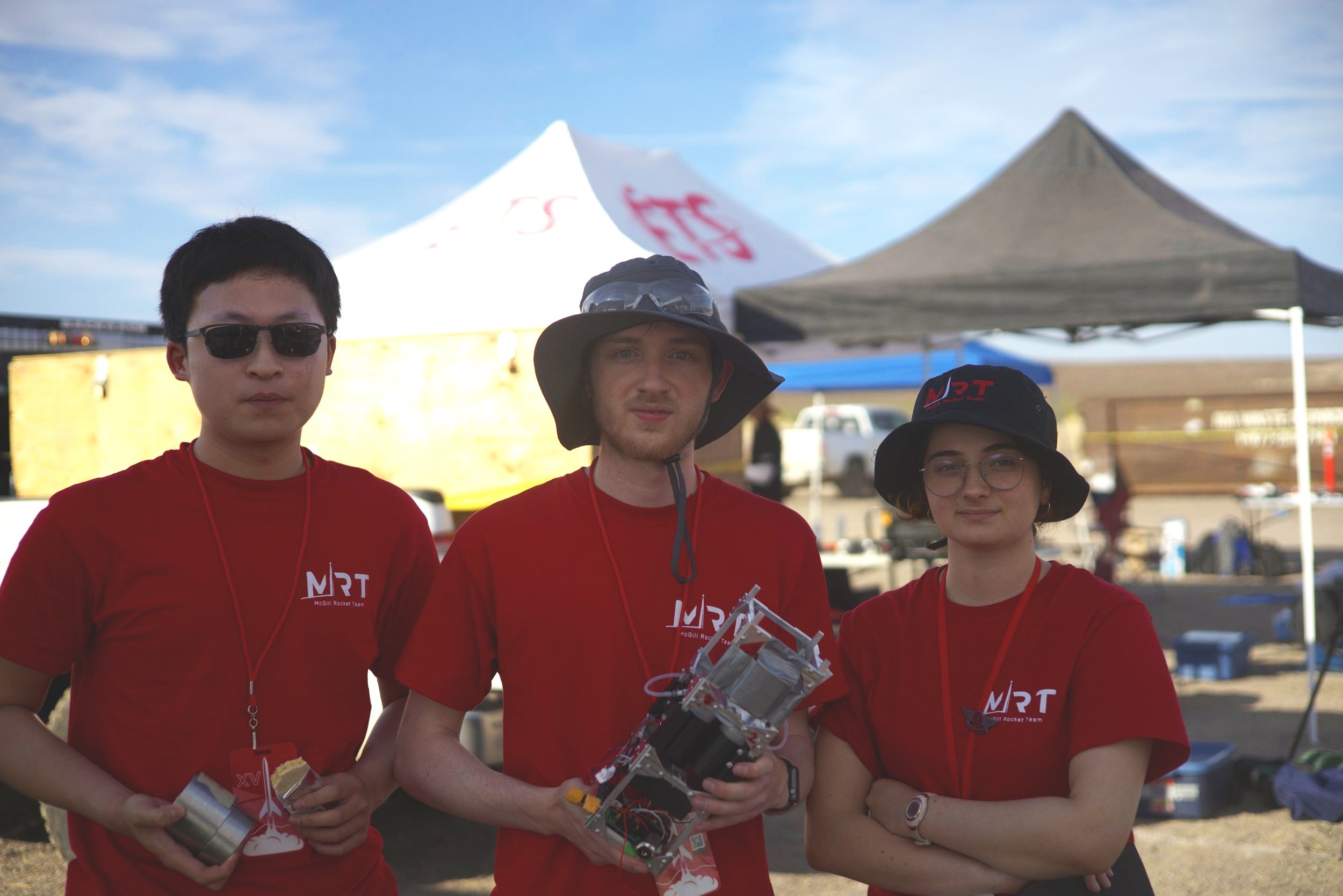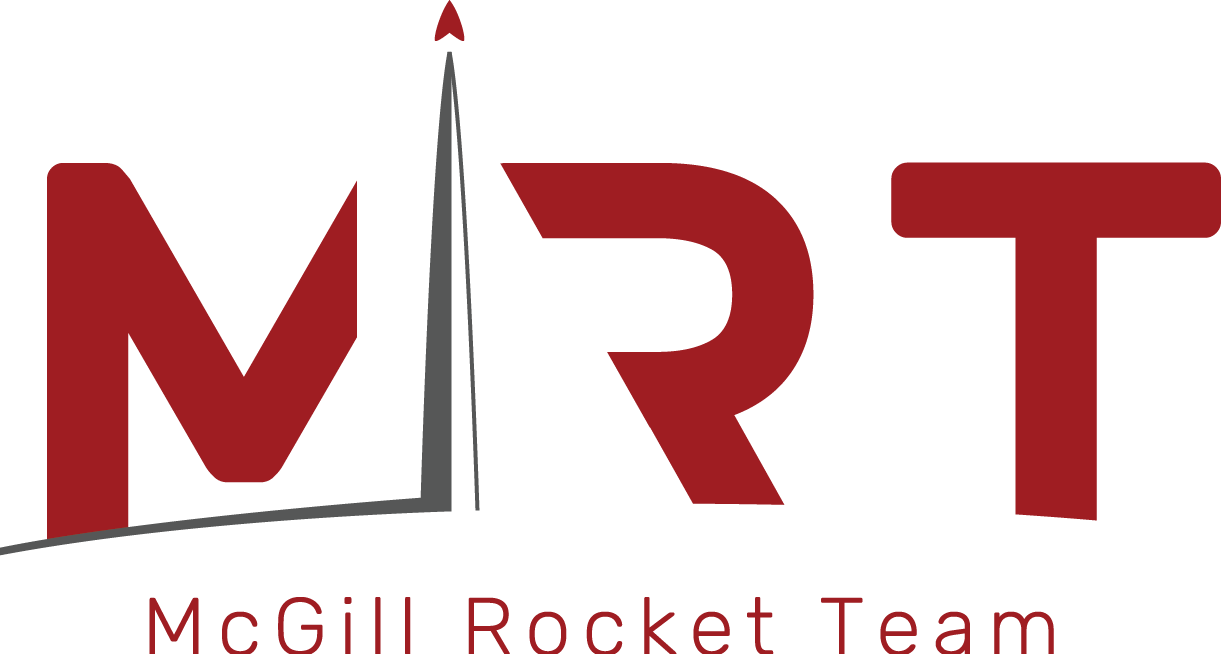
Payload Project List
PL1: Experiment
Description
PL1 is the payload subteam focused on experimental design. It is a great option for students who want to gain experience in researching and working on topics in biomedical engineering! During launch, astronauts are subjected to a myriad of forces and stressors that put a heavy strain on the cardiovascular system. Many astronauts experience a phenomenon known as g-Force Induced Loss of Consciousness (g-LOC), wherein the heart is unable to pump enough blood to the brain through the carotid artery, causing the brain to cease many of its processes.
This year, your job will be to help design and execute an experiment to determine if implanting a Ventricular Assistive Device (VAD) in the carotid artery can help improve the performance of the heart during launch. As a team, we will be modeling the cardiovascular system and assessing performance by measuring parameters such as flow rate and blood pressure. We will also be designing the VAD to actively respond to changes in flow in order to optimize in-flight cardiovascular function. All students are encouraged to apply! There is no experience required - you will learn as you go.
PL2: Structures
Description
Project PL2 as a whole is an opportunity for recruits who want to learn and work on mechanical design, analysis, and testing under novel and challenging topics. You will be responsible for building the structural components required for housing the payload experiment inside the rocket. The design of the payload will involve using FEA (Finite Element Analysis) to run simulations on the experiment within the payload. FEAs will be used to predict how flight conditions (G-forces, vibrations, etc.) will affect the experiment. Design and analysis will be carried out mainly in Siemens NX CAD/FEA programs. You will also gain experience in 3D-printing structural components of the payload. This year we will be working closely with the avionics subteam to create an integrated payload structure. This will be an interdisciplinary project, involving many possible topics both related and separate from mechanics/dynamics.
PL3: Electronics Circuit Design
Description
Imagine you’re onboard a rocket or a fighter jet, and suddenly you accelerate to the point of blacking out because not enough blood is being pumped to your brain. That’s a disaster, right? Well, we’re trying to fix that here in Payload Electronics. This year, we’re working on an exciting R&D project where we’ll be designing an actively controlled heart pump!
Over the last two years, we’ve worked extensively on designing circuitry for data conditioning, storing, and transceiving. We’re taking things one step further this year by not only doing all the above again with in-flight data (ex. Arterial pressure, flow rate), but we’re also going to use the data in real-time to control a mechanical device, which is something we’ve never done before.
This project is one of the unique places on the team where you’ll have the opportunity to go through the entire design cycle: from an idea to drawing circuits to simulating them on LTSpice to designing a printed circuit board (PCB) on Altium to soldering it together to testing it to going back to the drawing board, etc. No prior experience is required. You’ll learn everything as we go!
PL4: Software Design
Description
Since the payload contains its own independent flight computer, the microcontroller at its core requires its own programming to execute its functions such as logging data from the experiment, processing those data, and communicating between components. It needs to autonomously analyze the variables of the heart pump while in flight and instantly initiate the proper response to keep the blood flowing--all while communicating back and forth with the main flight computers.
In this project, you will program the STM32 microcontroller using the C/C++ programming languages and optimize that code to make it as efficient as possible to ensure we get as many data points as possible. You will be working closely with payload Electronics Design (PL3) for hardware/software integration and with Avionics Flight Computer for sending and receiving live data via CAN bus during the rocket flight. Additionally, actively controlling a heart pump will involve control theory and experimentation. Finally, you will learn to analyze the data from the experiment using different methods of signal analysis.
This role is perfect if you love software design, solving problems in the best way possible, working as a team to tackle programming challenges, and watching your work come to life!
PL5: Orbital CubeSat Electronics R&D
Description
Last year, the PL5 Orbital CubeSat Electronics R&D team successfully developed their own means of communication (radios, antennas, ground station), which now gives the Payload team more freedom with their experiments, and has allowed our project to dive into the realm of CubeSats!
This year, you can help the team develop a space-ready flight computer and power system to progress toward a deployment from the ISS in the future to collect experimental data while orbiting around Earth! As this is an R&D project for later payloads, your design will only be launched inside a rocket in future years. Rest assured, you will still see your designs in action as we will be using Recovery’s High-Altitude Balloon (HAB) project to test designs! You will also get to experience range tests and HAB testing of last year’s project.
Hardware: On the hardware team, you will familiarize yourself with LTSpice and Altium PCB Designer as you collaborate with your team to design a custom flight computer, a power management board and a development board. As a CubeSat stays in orbit for at least 6 months, you will learn the niches of space-grade electronics as we start designing our CubeSat for space!
Software: Software team members will develop their C/C++ skills by programming microcontrollers to integrate the hardware. You will explore communication protocols like CCSDS, SPI, CAN, UART, LVDS, etc. You will get to apply these skills as a team by collaborating through GitHub and working on space-ready hardware.








